At the beginning of 1944, along the cold Dnieper River, the commander of the German Army Group South, the famous General Manstein, made the final deployment on the map because of the pressing force of the four major fronts of the Soviet Union.
It is difficult for a clever woman to cook without rice. As early as the beginning of the “Battle of the Lower Dnieper” at the end of 1943, he had a showdown with the Nazi heads of state:
“Germany wants to abandon illusions. Ukraine will absolutely not be able to hold it unless you give me 12 more fully-staffed German armored divisions with high morale!” But at this time the Eastern Front has entered a full-scale counteroffensive, and the Northern Army Group and the Central Army Group are also struggling, and the German military has bottomed out. This suggestion is obviously unrealistic. Manstein stepped back and asked the head of state to replenish the troops with a large number of tanks, at least 500 new Tiger and Panther. However, the idea that Nazi Germany reduced industrial production due to the British and American bombings could not be realized. The Nazi heads of state put up two fingers and could only guarantee the dispatch of Manstein’s two divisions. Manstein could only sigh helplessly. 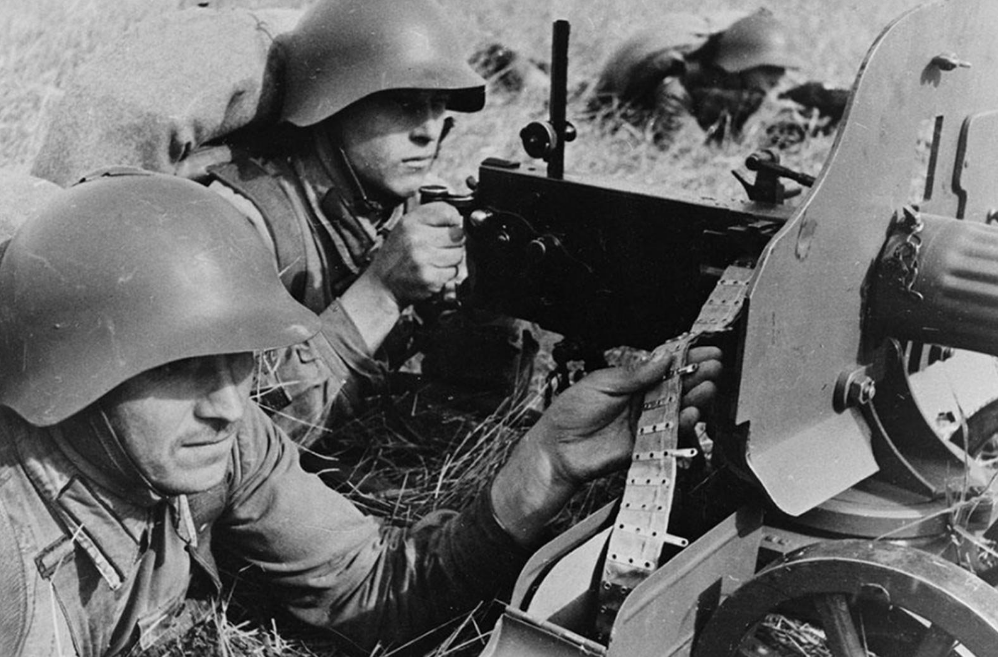 Soon after, in January 1944, the Soviet Red Army launched the “Korsun-Shevchenkovsky Battle”. The Korsun salient was eaten by the Soviet army. 60,000 German troops broke through tragically, and only more than 30,000 people were evacuated. The southern cluster has not slowed down. The Red Army under the winning position did not give the Germans any chance to breathe, and the second stage of the offensive was already on the line. In March 1944, the Soviet Union launched the “Proskurov-Chernovich Offensive”, that is, the Chernivtsi Offensive, which the Germans called the “Kanemets-Podulsky Pocket Battle”. This battle was part of the campaign for the liberation of Ukraine. The Soviet army intended to divide the German Southern Army Group and force it to the Carpathian Mountains and then encircle and annihilate it. Zhukov and Manstein made the final duel in Ukraine because of the famous pair. The Soviet Union won a strategic victory, while the Germans still won a tactical victory by virtue of their excellent tactical qualities. After the battle, both the Soviets and Germans were dissatisfied with the result: Marshal Zhukov thought that the Soviets had performed too poorly in this battle and let go of their mouths; and Manstein was dismissed by the Nazi head of state because of this battle, and left. The stage of the Second World War. In March 1944, what kind of peak showdown did Manstein and Zhukov staged?
Soon after, in January 1944, the Soviet Red Army launched the “Korsun-Shevchenkovsky Battle”. The Korsun salient was eaten by the Soviet army. 60,000 German troops broke through tragically, and only more than 30,000 people were evacuated. The southern cluster has not slowed down. The Red Army under the winning position did not give the Germans any chance to breathe, and the second stage of the offensive was already on the line. In March 1944, the Soviet Union launched the “Proskurov-Chernovich Offensive”, that is, the Chernivtsi Offensive, which the Germans called the “Kanemets-Podulsky Pocket Battle”. This battle was part of the campaign for the liberation of Ukraine. The Soviet army intended to divide the German Southern Army Group and force it to the Carpathian Mountains and then encircle and annihilate it. Zhukov and Manstein made the final duel in Ukraine because of the famous pair. The Soviet Union won a strategic victory, while the Germans still won a tactical victory by virtue of their excellent tactical qualities. After the battle, both the Soviets and Germans were dissatisfied with the result: Marshal Zhukov thought that the Soviets had performed too poorly in this battle and let go of their mouths; and Manstein was dismissed by the Nazi head of state because of this battle, and left. The stage of the Second World War. In March 1944, what kind of peak showdown did Manstein and Zhukov staged? 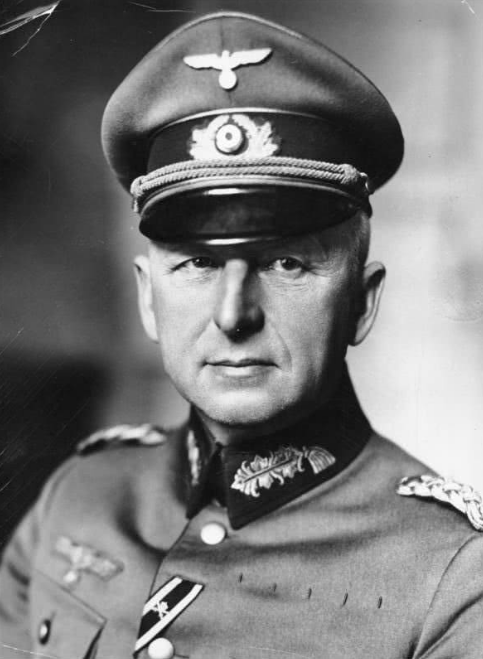
1. The embarrassing German army: Can’t fight, can’t run yet
Throughout World War II, a large number of battles or offensives with circumscribed names appeared on the Soviet-German battlefield, such as the “Battle of Proskurov-Chernovic”, “Battle of Lviv-Sandomer”, and “Battle of Uygur The Swa River-Aud River Battle” and so on. These battles often took place in the second half of the Soviet-German war, and they were basically part of the Soviet Union’s “ten Stalin strikes”. During the Soviet counter-offensive stage in the late Soviet-German War, millions of the Red Army advanced westward almost simultaneously, interspersing and annihilating the German forces on a large scale, killing and injuring the German forces. These battles often do not target specific cities and regions, but rather a range of combat purposes. Therefore, the starting place or ending point of the battle is taken together to form the name of the battle. On February 17, 1944, the Battle of Korson-Shepchenkovsky ended, and the Soviet army swallowed the Cherkasy protrusion of the Dnieper River Bend. 30,000 German troops died in the breakout, and the relief troops also suffered more than 20,000 casualties and lost 500 tanks and destroyers. 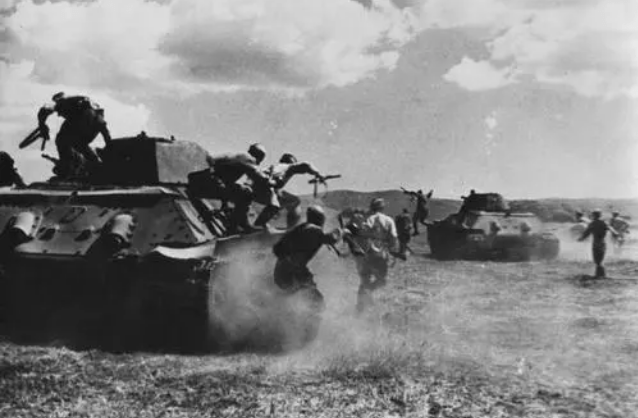 Manstein looked at the Soviet front. On the long line of defense of the entire southern cluster, the four major fronts of the Soviet army had as many as 2.5 million, and 800,000 German troops were slammed in Denis outside the Carpathian Mountains. Te River and Prut River Basin. One step harder, the Soviet army will regain all the territory and push the front to Eastern Europe. The German army had just gone through a big defeat, and the armored forces of the Southern Army Group suffered heavy losses but could not be replenished. After eating 30,000 German troops, the Soviet army stopped its offensive in mid-February 1944. The German General Staff in the rear sent a message that they believed that the Soviet army would not launch another offensive. The muddy road conditions in Ukraine were not suitable for mechanized troops to march. Moreover, the Soviet logistics line was too long and the supply of materials would be difficult. Wait until the end of spring to act. Manstein smiled bitterly when he got the news. These “generals in the office” always made plausible suggestions, but they didn’t understand the Eastern Front battlefield, let alone the Soviet army.
Manstein looked at the Soviet front. On the long line of defense of the entire southern cluster, the four major fronts of the Soviet army had as many as 2.5 million, and 800,000 German troops were slammed in Denis outside the Carpathian Mountains. Te River and Prut River Basin. One step harder, the Soviet army will regain all the territory and push the front to Eastern Europe. The German army had just gone through a big defeat, and the armored forces of the Southern Army Group suffered heavy losses but could not be replenished. After eating 30,000 German troops, the Soviet army stopped its offensive in mid-February 1944. The German General Staff in the rear sent a message that they believed that the Soviet army would not launch another offensive. The muddy road conditions in Ukraine were not suitable for mechanized troops to march. Moreover, the Soviet logistics line was too long and the supply of materials would be difficult. Wait until the end of spring to act. Manstein smiled bitterly when he got the news. These “generals in the office” always made plausible suggestions, but they didn’t understand the Eastern Front battlefield, let alone the Soviet army.
Manstein believes that the Soviet offensive is on the line, and it may even be tomorrow! Muddy, cold, and tight supplies were not the reason for the armistice, because the Soviets were vigorous and motivated. They wanted revenge and drove the Germans back to Eastern Europe. The Nazi head of state strictly ordered the German army to hold on to the west of Ukraine, defend and counterattack the Soviet army. In his eyes, the Soviet army is still a mob, the loose sand that was captured more than 1 million in 1941. But what he didn’t know was that the Soviet army had long been reborn from the ashes. The Soviet army in 1944 was already the largest and most powerful army on the planet. It was only a matter of time before the German army was defeated. 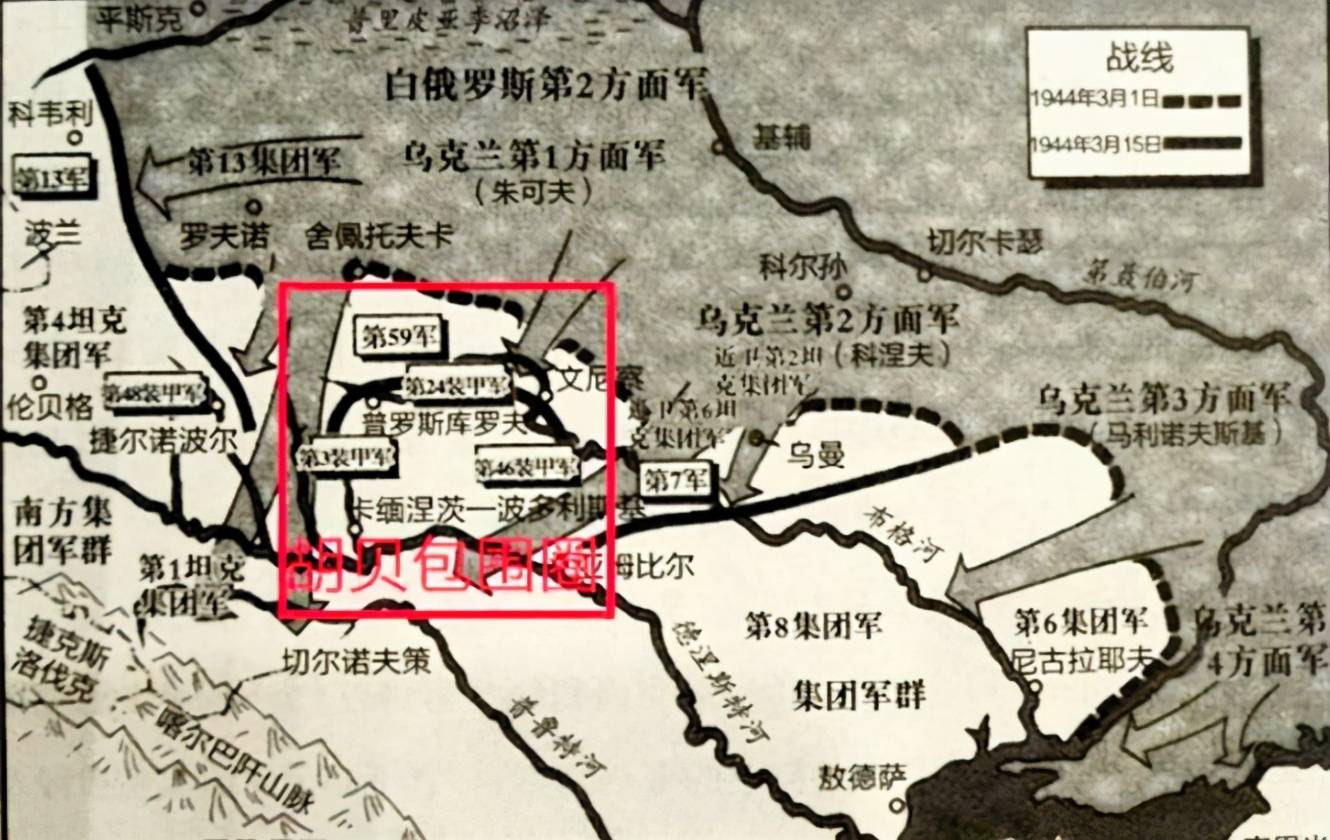
2. The largest front army coordinated attack in the history of the Soviet army
Manstein guessed that the Soviet army would attack, and they would cut off the German army in order to divide the south into the group. But if he understands the true intentions of the top Soviet army, the marshal may be shocked to drop his jaw—— Comrade Stalin gave orders to the Soviet Belarusian 2nd Front Army and the Ukrainian 1st, 2nd, and 3rd Front Army to wipe out the Southern German Group in the spring of 1944 and let the German aggressors leave their bodies on Soviet soil. The four Soviet fronts attacked across the board. The Ukrainian 3rd Front attacked in the direction of the Bug River in the south. The Belarusian 2nd Front attacked Rivne and broke into the rear of the Central Army Group. The Ukrainian 1st and 2nd Fronts were responsible for directly attacking southern Germany. The front of the cluster rushed to the Carpathian Mountains to prevent the German army from retreating to the north of the Transnistria. This campaign of mobilizing millions of troops to attack together is unprecedented in human history, and Manstein’s pressure can be imagined. After the Battle of Korsun, the German 1st Panzer Army led by General Hubei was under the attack of Ukraine’s 1st and 2nd Front Army. This army was specially dispatched by Manstein to relieve Korsun. However, after the completion of the rescue, the 1st armored group was trapped in the area of Kamenets-Podolski. The 200,000 German troops were trapped in the severe cold, and the periphery was several times their own Soviet troops.  Manstein requested that the 1st Armored Army be withdrawn from the iron net to prevent Corzon’s tragedy from repeating itself. But the Nazi Führer refused this request again. He remained the same and ordered the Germans not to retreat and hold their ground. On February 29, 1944, General Vatutin, the commander of the Ukrainian First Front, was attacked by Ukrainian national elements and was severely injured before his death. On March 1, Zhukov was sent to the Ukrainian First Front Army to take over the troops. The “Deputy Commander of the Soviet Command” once again came to the battlefield to command the army. As the commander of the airborne command, General Zhukov must certainly show his talents in the frontline troops. He immediately organized the troops to launch the “Chernovic offensive” after taking office. The four armies of the southern cluster are all on the front, from north to south are the 4th Armored Army, the 1st Armored Army, the 8th Army, and the 6th Army. Almost every German army has to face the pressure of the two fronts of the Soviet Union. The number of opponents and the number of tanks, artillery, and fighters are several times that of its own. There are 200,000 German troops in the poor “Hubei pocket”. There are 7 Soviet Army groups that form the encirclement alone, with more than 600,000 men and more than 700 tanks. Putting this gap in force on other battlefields, the weaker party may directly surrender. .
Manstein requested that the 1st Armored Army be withdrawn from the iron net to prevent Corzon’s tragedy from repeating itself. But the Nazi Führer refused this request again. He remained the same and ordered the Germans not to retreat and hold their ground. On February 29, 1944, General Vatutin, the commander of the Ukrainian First Front, was attacked by Ukrainian national elements and was severely injured before his death. On March 1, Zhukov was sent to the Ukrainian First Front Army to take over the troops. The “Deputy Commander of the Soviet Command” once again came to the battlefield to command the army. As the commander of the airborne command, General Zhukov must certainly show his talents in the frontline troops. He immediately organized the troops to launch the “Chernovic offensive” after taking office. The four armies of the southern cluster are all on the front, from north to south are the 4th Armored Army, the 1st Armored Army, the 8th Army, and the 6th Army. Almost every German army has to face the pressure of the two fronts of the Soviet Union. The number of opponents and the number of tanks, artillery, and fighters are several times that of its own. There are 200,000 German troops in the poor “Hubei pocket”. There are 7 Soviet Army groups that form the encirclement alone, with more than 600,000 men and more than 700 tanks. Putting this gap in force on other battlefields, the weaker party may directly surrender. . 
3. Hubei Pocket: I predicted your prediction
From March 4th to 11th, all the four fronts began to attack. Smoke billowed from western Ukraine and artillery blasted the sky. But as a commander who took over halfway, Zhukov didn’t know much about the situation of the Ukrainian First Front. The army had problems on the first day of the offensive: First of all, the front-line tank troops were in desperate fuel supply. They could only march for three days. The tank troops had to stop and wait for supplies. The spring mud in Ukraine made it difficult for the army to move at any time. Except for the tanks, all the artillery, engineers, and logistics vehicles were all lying down. The soldiers could only push the cars, and the supplies could not be sent to the front line for a while. The second problem is that the Uzbek’s 1st Front Army has a serious shortage of first-line troops. Some infantry divisions have only half of them. Tanks are even more pitiful. Some “tank army” have less than 100 tanks. But the information could not be transmitted to the headquarters for a while, and Zhukov was not aware of it until very late. The Soviet army had already reached Proskurov on March 10, cut off the Osad-Lviv railway, and separated the German 1st Panzer Army from the 4th Panzer Army. However, due to comprehensive factors such as supply and weather, the Soviet army’s subsequent offensive was not smooth. The counter-assault launched by the German army once made it difficult for the Soviet army to move, and the Soviet infantry even showed fear of war. 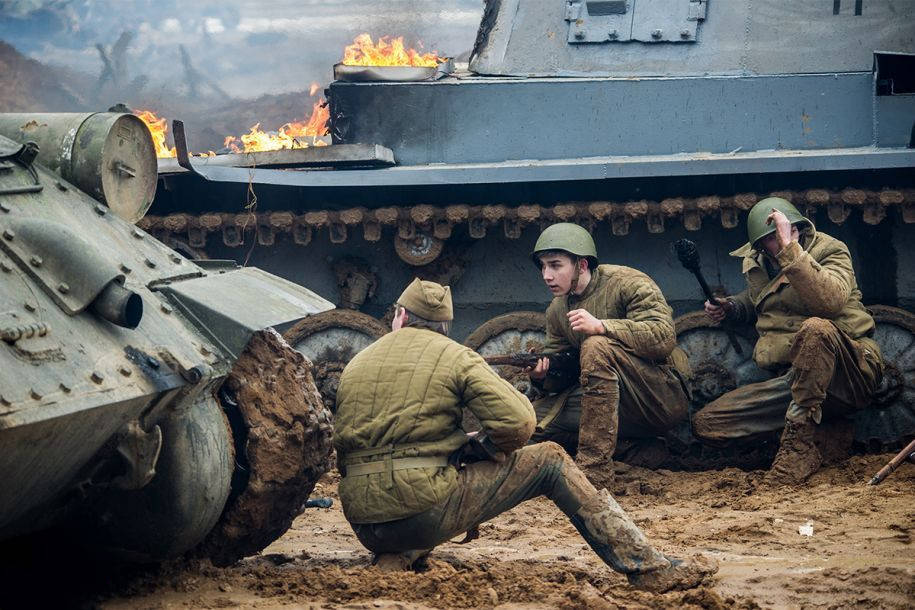 On March 11, the Army Group South began a counter-assault. 10 German armored divisions counterattacked in the areas of Proskurov and Ternopil. German tanks caused huge casualties to the Soviet army. The frontline situation was urgent and the Soviet forward was forced to retreat. Zhukov hurriedly applied to Stalin to stop the offensive and enter a defensive state, and levied a large amount of tank fuel and ammunition on the front line. At the same time, the Ukrainian 2nd Front Army fought very smoothly. The Soviet army defeated the German 1st Armored Army in the Uman area and seized hundreds of tanks and tens of thousands of trucks, which greatly eased Zhukov’s pressure. After the reorganization of the Ukrainian 1st Front Army, it attacked again, and the Second Front Army’s encirclement of the German 1st Armored Army has been sealed off. This is the famous “Hubei Pocket”. The 200,000 German troops were tied up by the smaller and smaller encirclement. Manstein was anxious as the commander-in-chief. Under the threat of his “resignation”, the Nazi head of state transferred one SS Panzer Corps and two divisions. Members of the southern cluster, and strive to relieve Hubei pocket. But when deciding the direction of the breakthrough, Manstein, the Nazi head of state, and General Hubei, the commander of the 1st Armored Army, had a disagreement.
On March 11, the Army Group South began a counter-assault. 10 German armored divisions counterattacked in the areas of Proskurov and Ternopil. German tanks caused huge casualties to the Soviet army. The frontline situation was urgent and the Soviet forward was forced to retreat. Zhukov hurriedly applied to Stalin to stop the offensive and enter a defensive state, and levied a large amount of tank fuel and ammunition on the front line. At the same time, the Ukrainian 2nd Front Army fought very smoothly. The Soviet army defeated the German 1st Armored Army in the Uman area and seized hundreds of tanks and tens of thousands of trucks, which greatly eased Zhukov’s pressure. After the reorganization of the Ukrainian 1st Front Army, it attacked again, and the Second Front Army’s encirclement of the German 1st Armored Army has been sealed off. This is the famous “Hubei Pocket”. The 200,000 German troops were tied up by the smaller and smaller encirclement. Manstein was anxious as the commander-in-chief. Under the threat of his “resignation”, the Nazi head of state transferred one SS Panzer Corps and two divisions. Members of the southern cluster, and strive to relieve Hubei pocket. But when deciding the direction of the breakthrough, Manstein, the Nazi head of state, and General Hubei, the commander of the 1st Armored Army, had a disagreement. 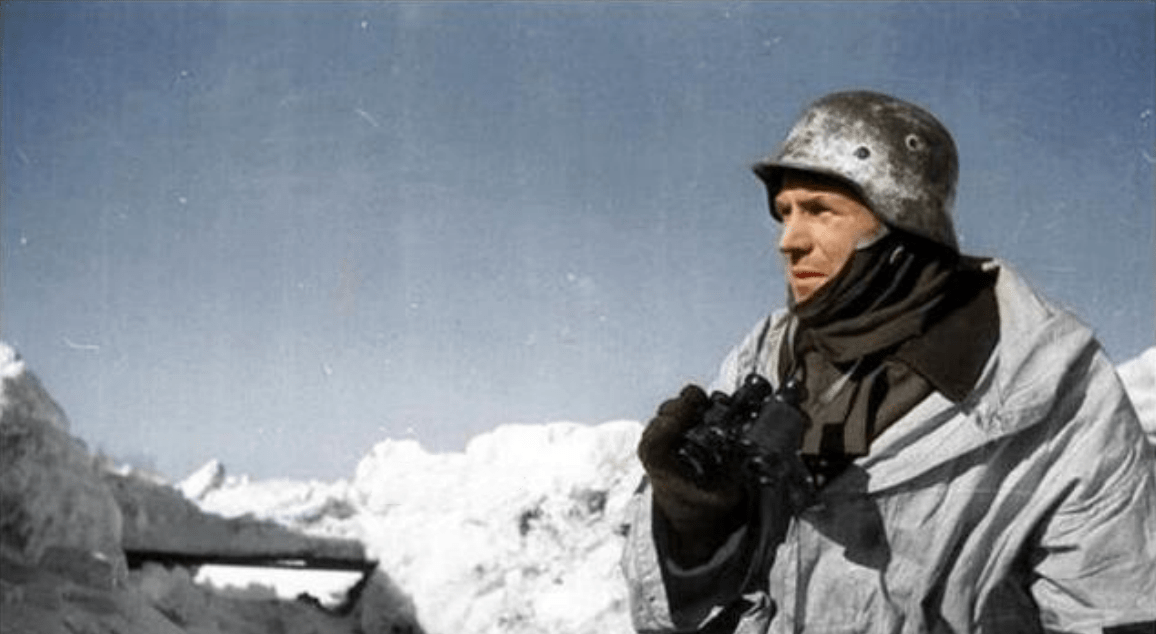 Hubei believes that the south is their only chance to break through, because the Soviet defense here is weak, the army can enter the Transnistria area, and then escape into Romania. However, Manstein strongly disagreed with this line of defense. He suggested that the 1st Panzer Army break through to the west and join the 4th Panzer Army.
Hubei believes that the south is their only chance to break through, because the Soviet defense here is weak, the army can enter the Transnistria area, and then escape into Romania. However, Manstein strongly disagreed with this line of defense. He suggested that the 1st Panzer Army break through to the west and join the 4th Panzer Army.
Man Shuai’s reason is simple: the German opponent is Zhukov, the best Soviet commander is good at fighting siege and annihilation, the defects in the south is impossible not to be aware of, the Soviet army is likely to have set up positions there. General Hubei thought that Manstein was crazy, and he reported the news to the Nazi head of state. The Nazi head of state also felt that Manstein was a fool. The marshal actually flew to Ukraine to summon Manstein himself and scolded him. But Manstein was very resolute. He claimed that he would not allow the 1st Panzer Army to withdraw westward and immediately resigned. In the end, the Nazi head of state had to agree with him.
It turns out that Manstein was right.
At that time Zhukov had already detected the German retreat, and the large forces began to rush to the south of Hubei’s pocket. If Manstein hadn’t insisted on his own opinion, the 1st Panzer Army might be killed on this wall.

Fourth, the German Wehrmacht on the edge of the cliff
Decided to break through to the west, the German army has tactically beaten the Soviet army, and the rest is the issue of the German army’s ability to execute.
Zhukov was full of self-confidence and laid a defense line in the northern part of Transnistria to wait for Hubei. Unexpectedly, the Germans turned around and turned right before contacting the Soviets and drove west. The soldiers were extremely fast, and the tank units of the 1st Armored Army took the lead, rushing westward at full force, and the remaining troops were divided into three parts to break through.
Manstein took the opportunity to attack the Soviet Union’s western defense line because of the last request of the 2nd SS Panzer Corps and the two infantry divisions to take up the 1st Panzer Army. In the heavy snowstorm in the sky, the morale of the German army was high, and the troops were in strict order. They fought and left with the supply of the air force. They reunited with the relief troops on April 6.
After discovering that the Germans had broken through to the west, the Soviet 4th Tank Army and the 18th Guards Infantry Corps, which were responsible for the western defense, blocked the Germans, but they were quickly defeated. Because these two units only have 60 tanks, it is difficult to resist the offensive of the SS Panzer Army “Tiger Tank”.

As of April 11th, all the 200,000 German troops in Hubei’s pocket had escaped. According to the German statistics, the 1st Panzer Army only paid 16,000 casualties and broke through the encirclement of millions of Soviet troops. This had to be Said it was a miracle. But Marshal Manstein, the creator of this miracle, has been dismissed. He was ordered to be dismissed on March 30, and Model will take his place.
Judging from the performance from the end of 1943 to the beginning of 1944, Man Shuai deserves the title of “famous general”, no wonder he ranked first among the three major German generals. Before this battle, Manstein insisted “ Soldiers’ affairs, the soldiers handle “He applied to set up” Commander-in-chief of the eastern front “The position caused strong dissatisfaction with the Nazi head of state, who believed that this move was to take himself out of the army.
After Manstein’s repeated disobedience, the top of the Nazi Party had lost patience with this general. Although the German troops in Ukraine were wiped out under his command, the Nazis still put the label of “failure” on Manstein. , And used this to kill the chickens and wary monkeys, warning the generals on the front line to obey the orders of the head of state.
But Huber’s pocket’s rescue did not resolve the Soviet offensive. The four major Soviet forces continued to advance and completed their strategic mission in May. Zhukov’s army came to Chernivtsi in front of the Carpathians and divided the German forces. Open. In this campaign, the Soviet army wiped out more than 120,000 German troops, destroyed more than 300 tanks and destroyers, and 600 fighters.
Although the German losses were not great, they almost lost Ukraine, and the Southern Army Group was renamed the “Northern Ukraine Army Group” to fight the beasts on the Uzbek-Polish border.
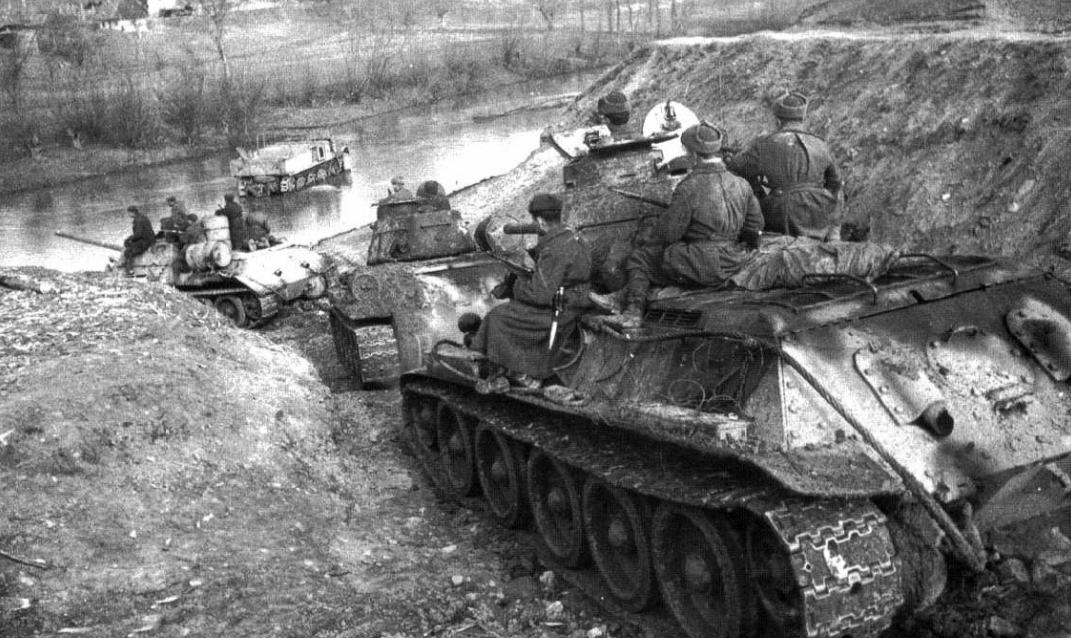
After May 1944, the Soviet-German war was over. The German Wehrmacht generals already knew that defeat was inevitable, and how to save Germany was a question for soldiers to think about.
In July 1944, some German generals launched an assassination operation, wanting to get rid of the head of state and let Germany dismount from the aggressive chariot. Unfortunately, the assassination failed. After the incident, the Nazi Party purged the generals of the German Wehrmacht, the mastermind was shot, a large number of military commanders were investigated for “loyalty” issues, the frontline generals were imprisoned or replaced, the generals The marshals are also in danger. It can be said that after the summer of 1944, the German Wehrmacht had the Soviet army before and the Nazi Party afterwards, and it had already been forced to the edge of the cliff. Millions of troops on the frontline are in a dilemma. This war has become a chronic death of German soldiers and officers.
Text/Business Field Reference: “Erich von Manstein: Hitler’s Master of Strategy” Wu Tong



















































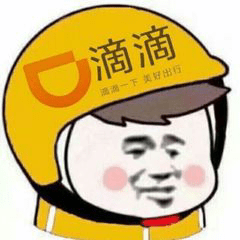
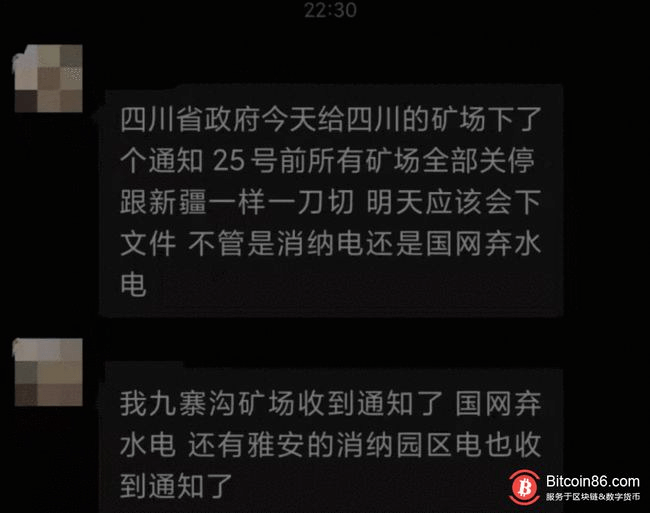







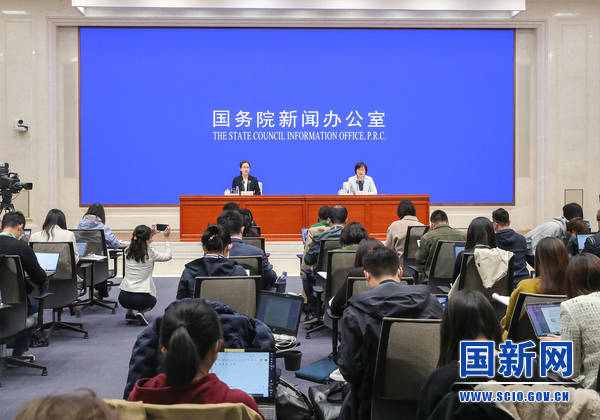
You must log in to post a comment.